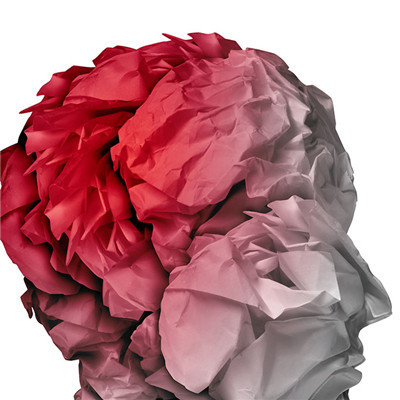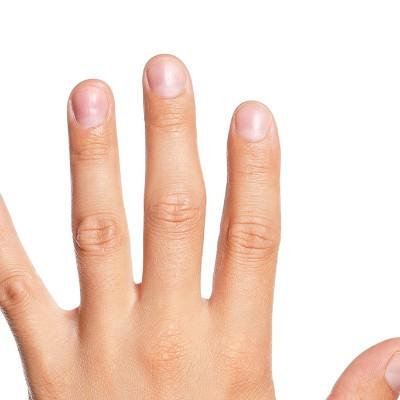Symptoms of cerebrospinal fluid leakage
summary
Cerebrospinal fluid cavity and extracranial communication, cerebrospinal fluid leakage is called cerebrospinal fluid leakage. Headache caused by continuous loss of cerebrospinal fluid is often treated by internal medicine. Patients with leakage more than one month can be treated by surgery. The main symptom is the outflow of clear fluid from ear and nose after craniocerebral trauma. According to the etiology, CSF leakage can be divided into traumatic, accidental or iatrogenic and spontaneous. Among them, external injury is the main, and spontaneity is rare. Cerebrospinal fluid leakage symptoms? Let's talk about it
Symptoms of cerebrospinal fluid leakage
During the injury, the bloody fluid flowed out from the nasal cavity and ear, the center of the trace was red and the periphery was clear, or the colorless fluid flowed out of the nostril became non scabby after drying, and the flow increased under the condition of lowering the head and pressing the jugular vein.

The constant loss of cerebrospinal fluid causes headache. Or less water leakage, but found pillow wet in the morning. There are also only repeated intracranial bacterial infection, rhinorrhea is not obvious. Most of the patients suffered from craniocerebral trauma, surgery or paranasal sinus surgery, and only a few patients had a slight history of craniocerebral trauma or rhinorrhea after sneezing.

To determine the location of the fistula: clinical observation: when the leakage flow is large and fast, the fistula is often large, which may be connected with the sphenoid sinus and skull base cistern. In the case of constant leakage from one nostril, the fistula is often located on that side. Nasal endoscopy is often used in the localization diagnosis of cerebrospinal fluid rhinorrhea. Clear liquid can be seen flowing out from a certain position or pulsating overflow in a large amount of cerebrospinal fluid rhinorrhea. Pressing the ipsilateral internal jugular vein is helpful for the localization diagnosis of cerebrospinal fluid rhinorrhea. In addition, the application of imaging examination methods: high resolution CT or MRI cisternography is also helpful for the localization diagnosis of CSF leakage.

matters needing attention
This disease is mostly treated by internal medicine. Patients should take their head high and rest in bed, and use antihypertensive drugs (mannitol, etc.) to create conditions for fistula healing. At the same time, they should avoid coughing, sneezing and exerting, so as not to aggravate the loss of cerebrospinal fluid, limit the amount of drinking water and salt intake, and prevent constipation. Antibiotics can prevent retrograde intracranial infection. The nose is not flushed or stuffed.













